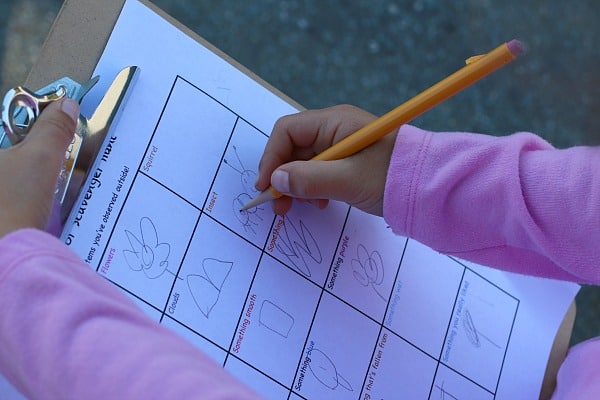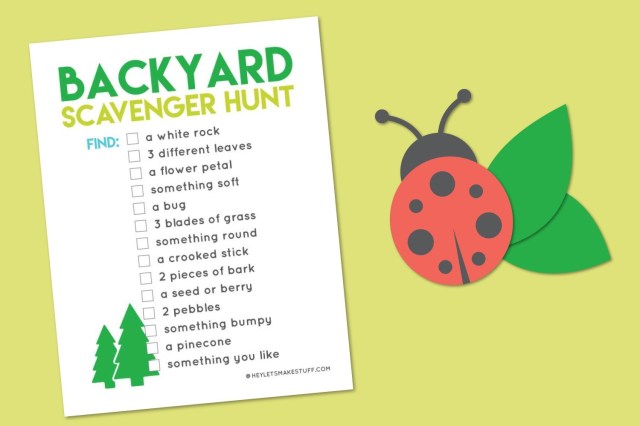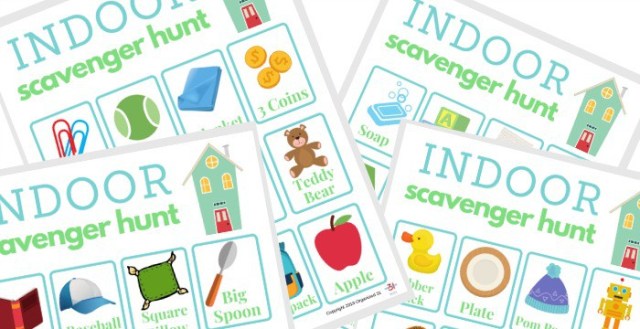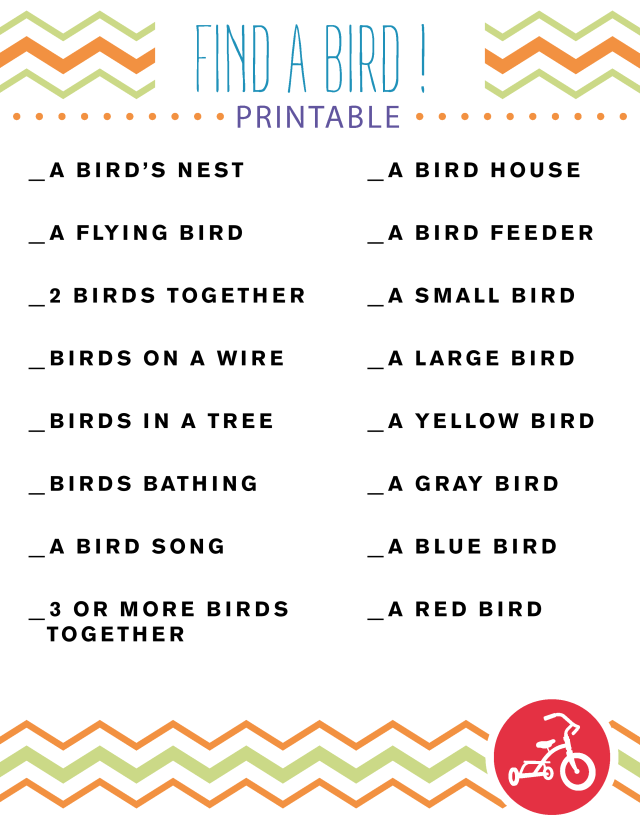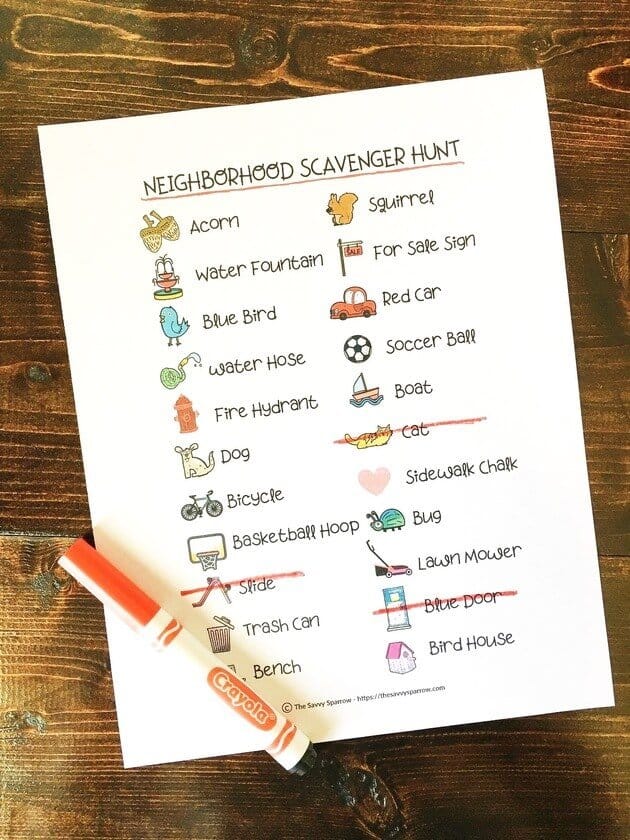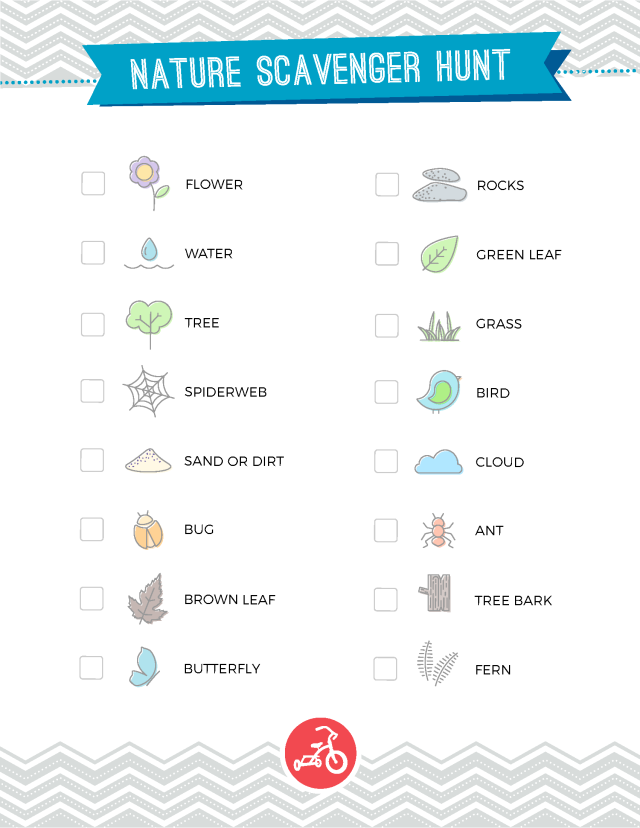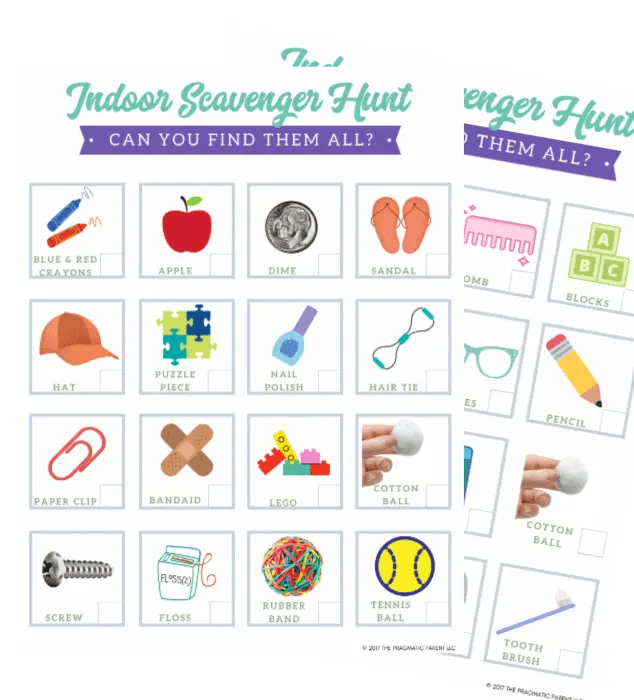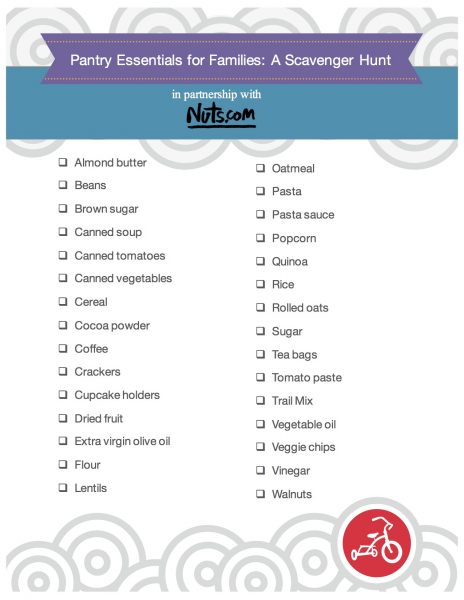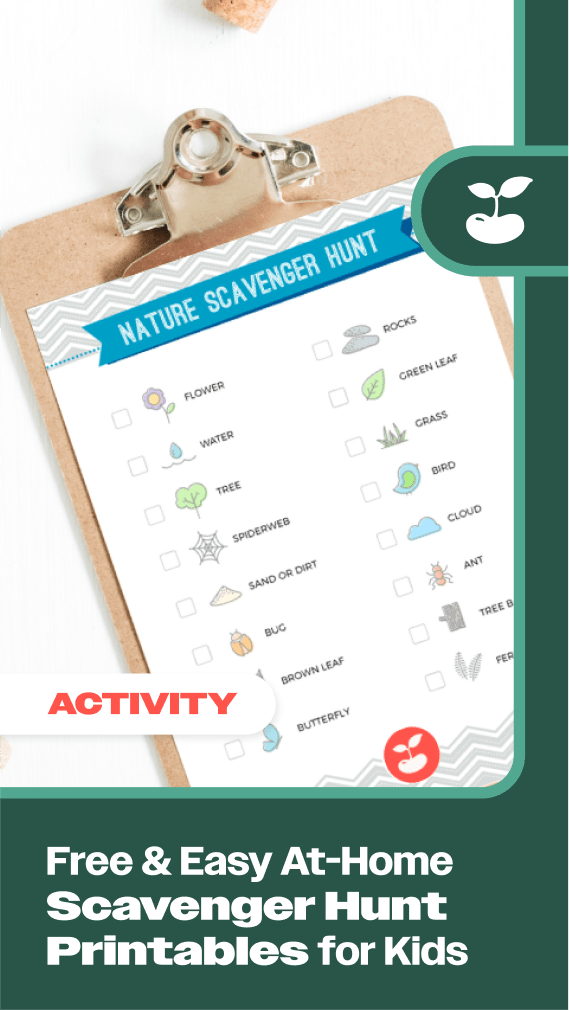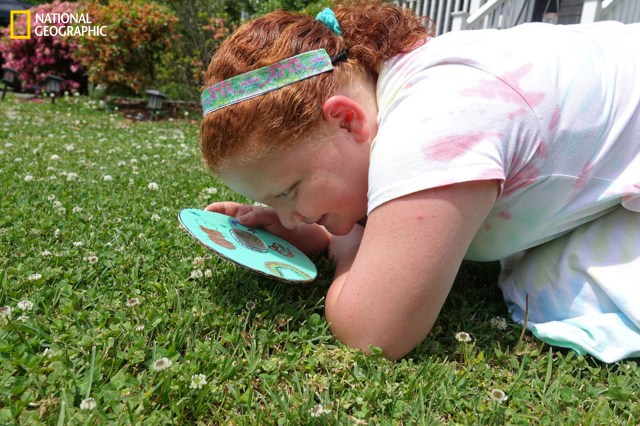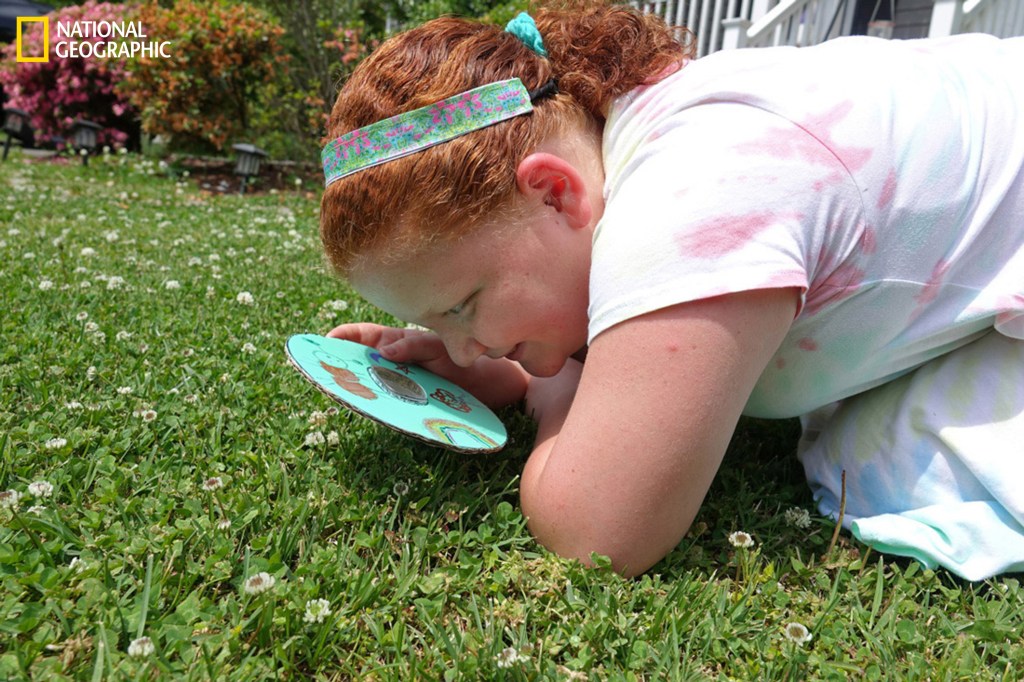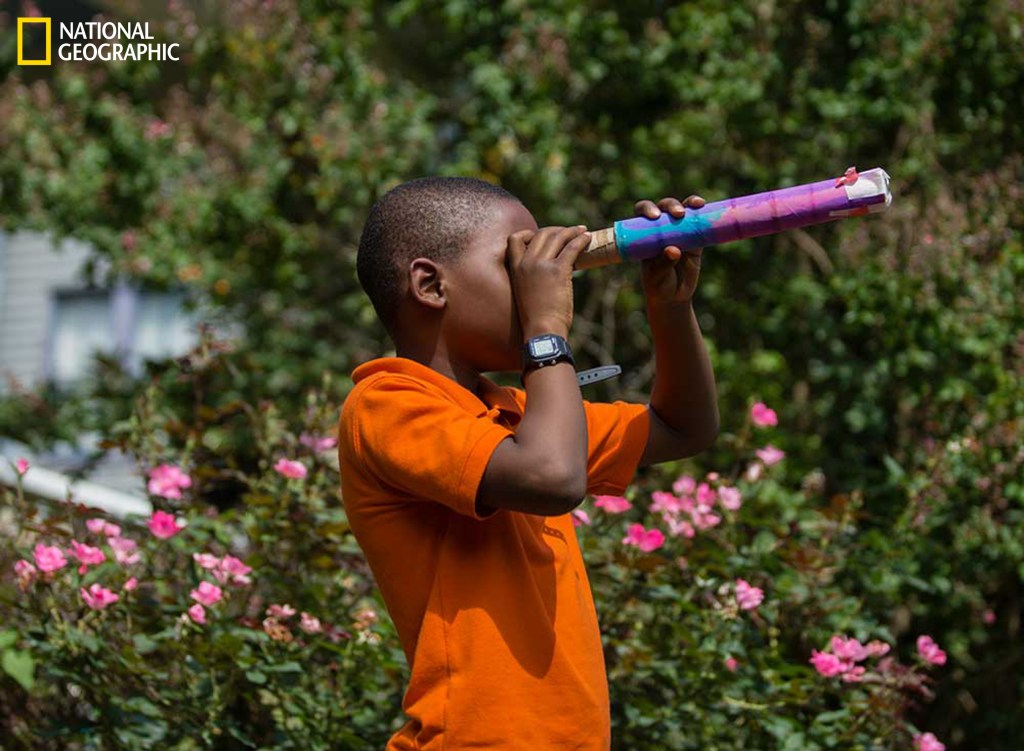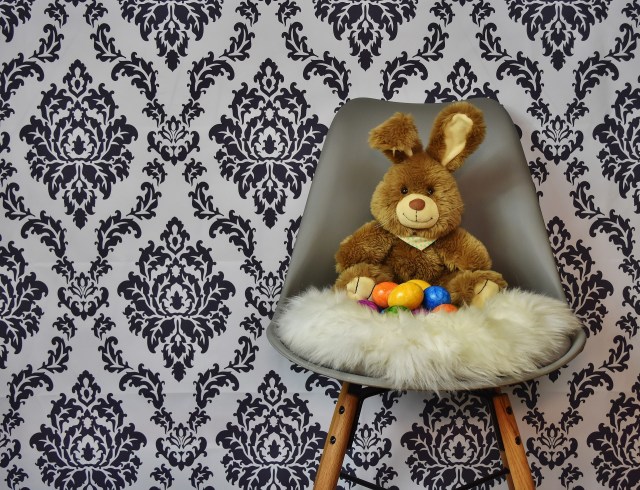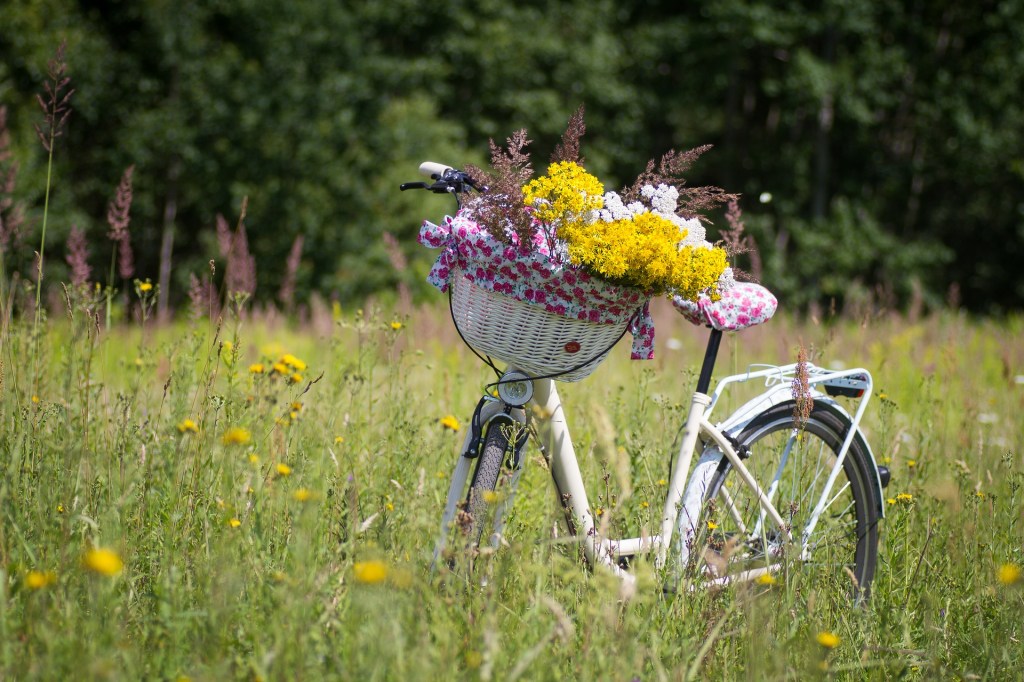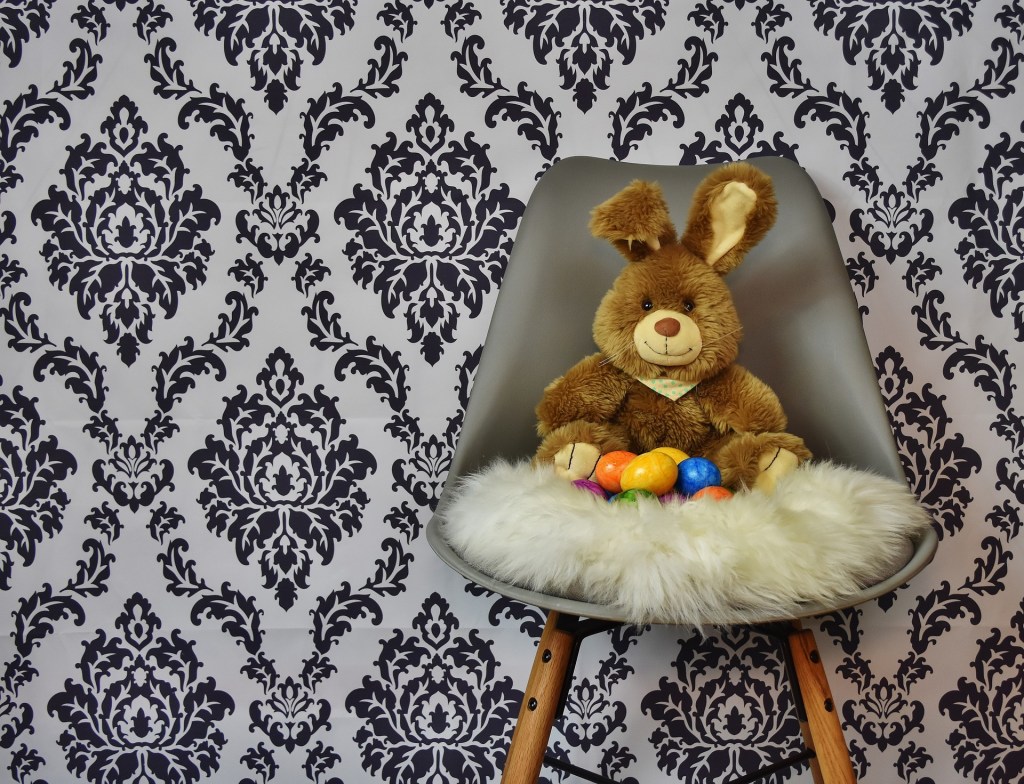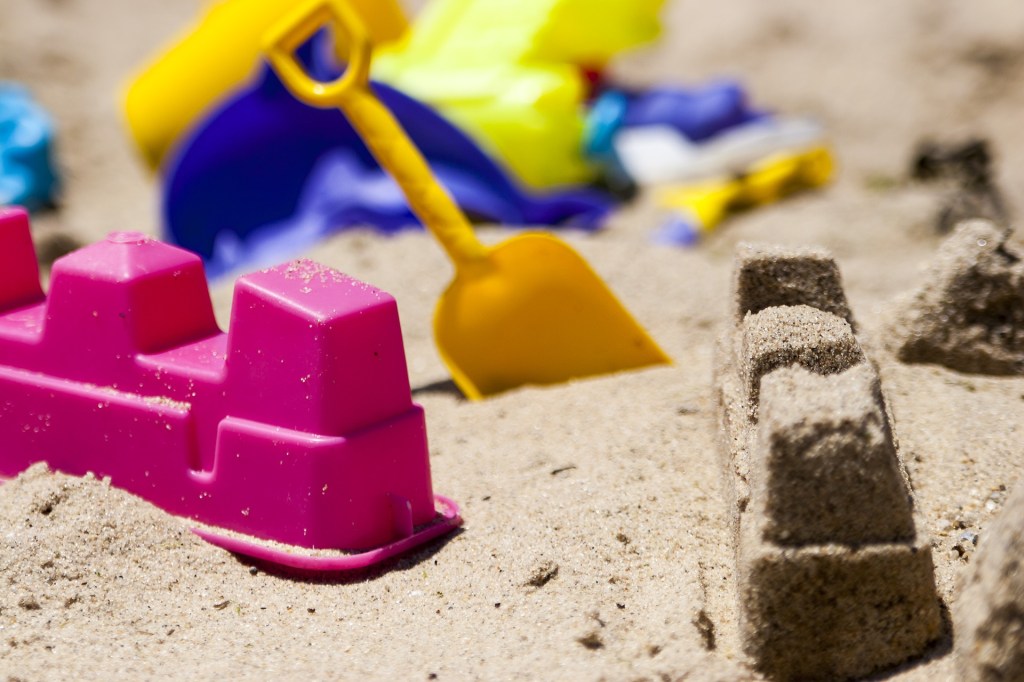Seeing your little one coughing or sniffly can be heartbreaking. Not to mention exhausting for both of you. So, whether you’re already battling a cold around your house or want to be prepared for the next bout of illness, here are 10 parent-proven ways to soothe and comfort your sick baby. As always, consult your pediatrician about these and other remedies.
1. Get to know your nasal aspirator.
As parents, we have to do gross things. It’s inevitable. And when your baby has a ridiculously runny or stuffy nose but can’t blow it, we have to step in and clear that stuff out ourselves. Whether you use a snot sucker like a bulb aspirator, the NoseFrida, or an electronic nasal aspirator like the NoseBot to do the dirty work, you’ll be glad you did when your baby can breathe (and sleep!) easily again.
2. Treat congestion with saline.
Saline has been known to work wonders against congestion. Lay your little one down on his/her back and tilt the chin back just slightly. You can then gently spray two or three drops of saline into each nostril. It works best when followed by a nasal aspirator. Yep, you can't get away from that step.
3. Steam it up!
When your baby is congested, sleep is almost impossible. (For you and your babe.) One way of easing the congestion is by making things hot and steamy. Running a hot shower and hanging out in the steamy bathroom for a while can give you relief.
4. Run a cool-mist humidifier.
If steam isn’t your thing, a cool-mist humidifier can take some dryness out of the air. With the heat running in the house and the dry winter air, stuffiness is almost certain. Run the humidifier while your baby sleeps to offer some much-needed relief.
5. Oatmeal. It’s not just for breakfast.
With dry winter air, dry skin is not far behind. If your little one has red, dry, itchy skin, try a soothing oatmeal bath. Grind up some oatmeal in a blender or food processor and sprinkle a half cup of the powder into the bath as the water is running. Be sure to mix it all up and let your baby get a good soak. Around 15 minutes is the most they’ll likely need. Be careful: The oatmeal tends to make the bath pretty slippery.
6. Cuddles & more cuddles.
There’s nothing quite like a long snuggle with a parent when a little one has a cold. Even better when it can be skin-to-skin. In fact, being placed directly on a parent's skin is thought to help lower a fever. Get your baby down to the diaper, cover up with a blanket, and settle in for a nice, long cuddle.
7. Fluids. Fluids. Fluids.
Preventing dehydration when your baby has a cold is critical. If your baby is under 8 months, breastmilk and formula are the best options for fluids. Offer them often to help with dehydration; plus it gives that extra comfort sick babies need. For older babes, water tops the list.
8. Lukewarm baths.
If your baby feels warm or has a slight fever, putting them in a tepid or lukewarm bath can help. Join your baby in the bath to make it extra comforting. Just be mindful of the temperature of the water. Keep it even and avoid too much heat or cold for best results.
9. Try a little sweet & sour.
For babies over a year old, honey & lemon help with a sore throat or cough. Lemon is known to dry up congestion, and honey offers a soothing coating for their throats. But this is only safe if your baby is over one year old. If they’ve passed that stage, mix the ingredients and warm it up for a few seconds in the microwave. Once it has cooled to a lukewarm temperature, give your little one a teaspoon to drink.
10. Get out into the cool air.
There’s nothing like fresh, cool air to cure what ails you. Believe it or not, a walk in cold, fresh air can help relieve the swelling and congestion your little one gets from a cough. So bundle everyone up and get outside! You could also use the distraction of a nice walk.












